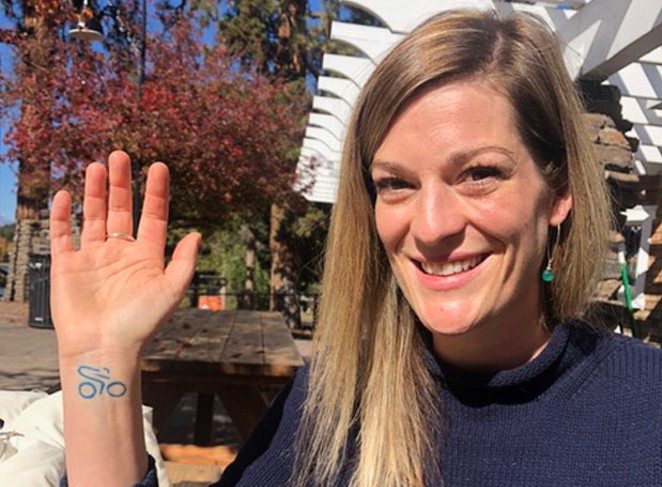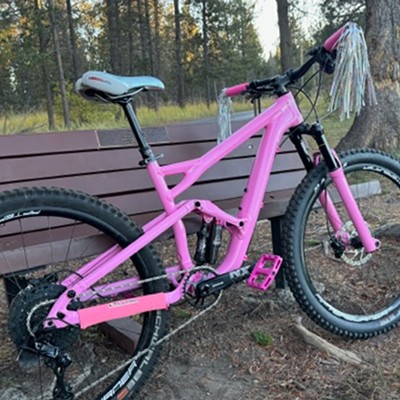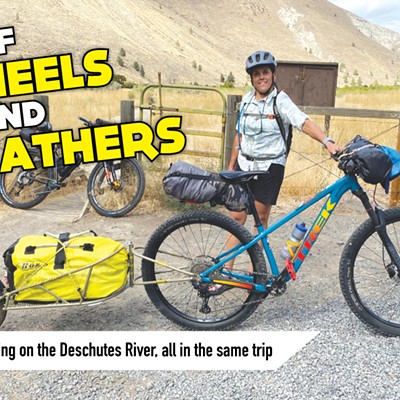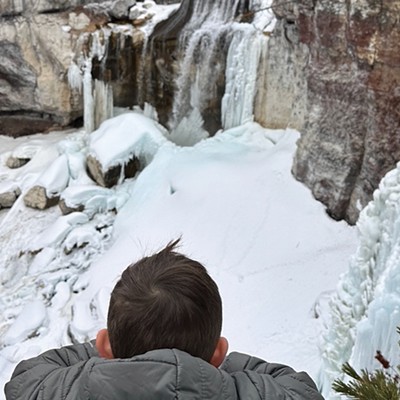Laura Glover, Kelsey Bennett and a group of other Central Oregon cyclists prepare for a bike ride like many do—mapping out a route, inflating tires, lubricating chains, slipping on gloves and snapping helmets tight. What sets them apart: They also have Type 1 diabetes.
In addition to the usual protocols, Glover, Bennett and their friends must closely track their sleep and nutritional inputs, continuously monitor blood sugar levels and make other adjustments throughout the day, including adaptations for the type and intensity of their workouts. Life with type 1 diabetes is challenging—but that's at least part of the motivation for the group training for a big fundraising ride later this month.
The disease
Type 1 diabetes—often shortened to T1D—is an autoimmune disease that happens when a person's pancreas doesn't produce insulin, the hormone that controls blood sugar levels.
"By attaching themselves to receptors, it makes it possible to absorb blood sugar into working tissue, says Endocrinologist Travis Monchamp, M.D. "T1D develops when the insulin-producing pancreatic beta cells are mistakenly destroyed by the body's immune system," he explains. Scientists believe the cause may have genetic and environmental origins. "Prevention trials like TrialNet at the National Institutes of Health are studying groups whose relatives have T1D in hopes of finding a cure," says Monchamp, adding that, "currently there is no prevention strategy or known cure."
A supporting foundation
A global leader in education and fundraising, aimed at speeding up research, is the Juvenile Diabetes Research Foundation. Forbes named JDRF one of its five "All-Star" charities in 2012, based on its mission and financial efficiencies. From galas to golf tournaments, to walking and running events, JDRF events happen throughout the year, all across the nation, raising millions of dollars.
JDRF rides
A popular outlet for fundraising and education is a series of supported bike rides. The JDRF Ride to Cure Diabetes started in 1997 when a group of volunteers from Southwest Ohio created a fundraising event in Death Valley, Calif., riding their bikes 100 miles by moonlight. After that successful endeavor, the event became a national program, which has currently raised over $47 million for research. Venues for rides now include Death Valley, La Cross, Wis., Loveland, Colo., and Santa Fe, N.M.
Alyson Levine, national director for the JDRF Ride to Cure Diabetes, says, "There are so many emotional levels that go into Ride weekend. For starters, it is crazy to say it, but Ride weekend really has nothing to do with a bike. Sure, it has everything to do with riding as many miles as you set your goal to be, but really it is about so much more. It is about the commitment made at the time of registration to fundraise and join a movement that is so much bigger than one person."
"Ultimately, I want someone who never thought they could ride a century or 25 miles to read this and think, 'If these people are doing it, I can do it.'" —Laura Glover
tweet this
Riders range in age from 13 to 92, many of whom are complete novices. "You don't have to be a cyclist to register for a JDRF Ride. In fact, most of our participants would say they are not—or weren't when they first signed up," says Levine. Rides always include mechanical support staff, food and water stops and personal coaching from USA Cycling certified coaches, so whether riders pedal 5 miles or 100, people young and old can get on a bike and complete something they may never have imagined they could do.
In preparation for the Santa Fe event in late October, local cyclists, including Glover and her extended JDRF family, are out on the road, putting in the miles.
"This disease makes it so much more work to ride a bike, but we are out here crushing it," she says. "Ultimately, I want someone who never thought they could ride a century or 25 miles to read this and think, 'If these people are doing it, I can do it.'"
Juvenile Diabetes Research Foundation International
jdrf.org
*Correction 10/22: A previous version of this article incorrectly named the Juvenile Diabetes Research Foundation. We regret the error.
























